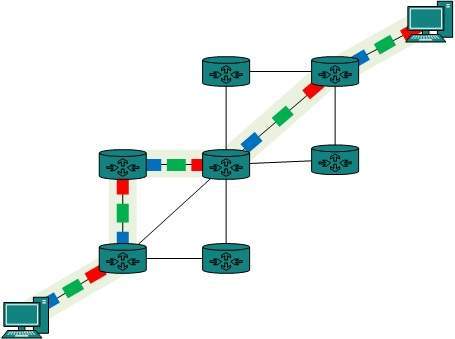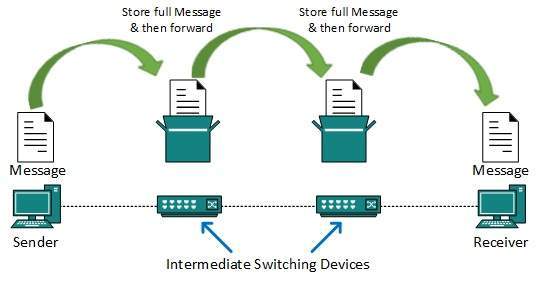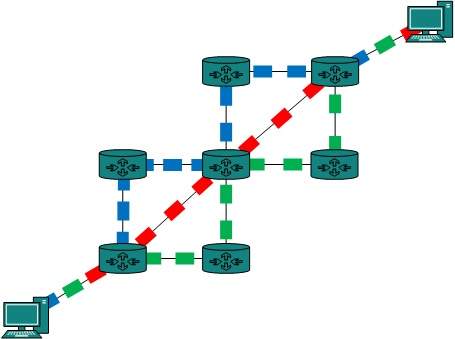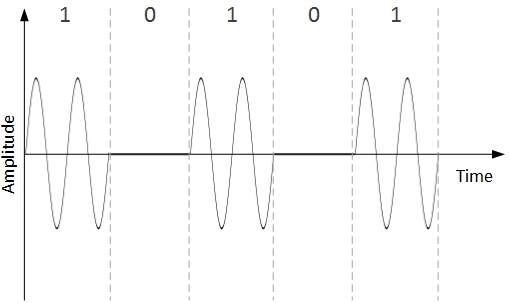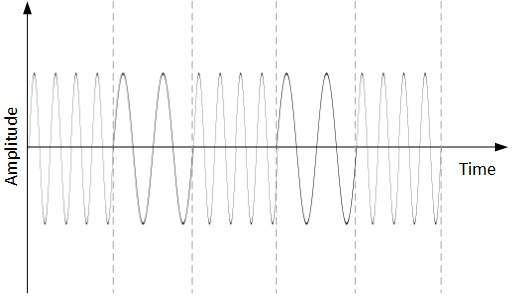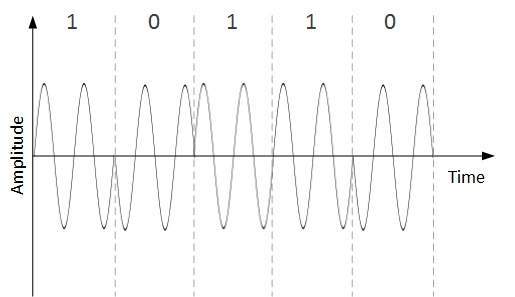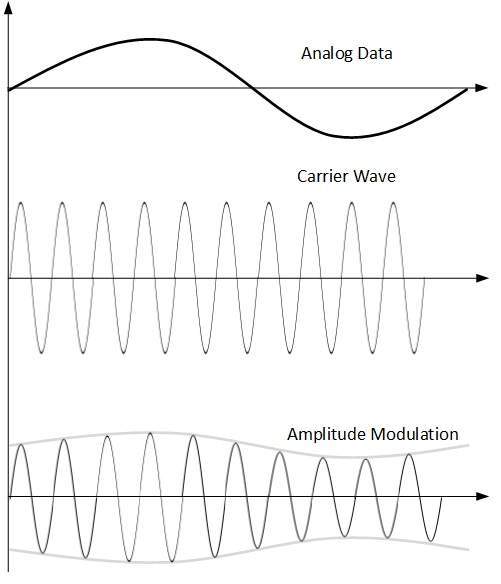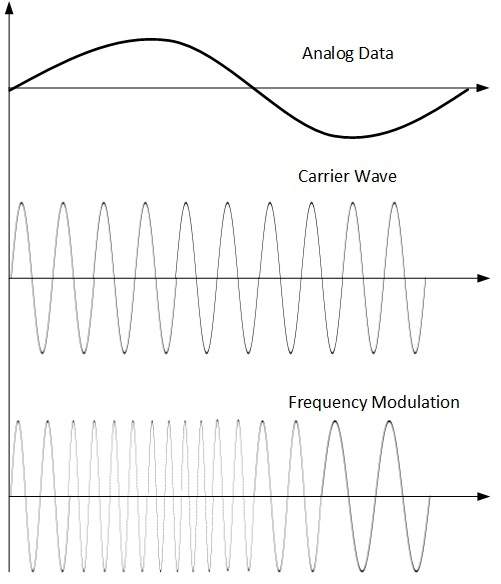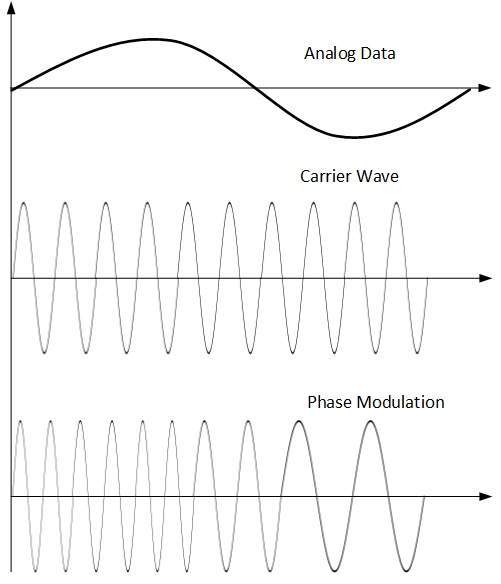Main
features of unix :
1. Multi user - More than one user can use the machine
2.
Multitasking-
More than one program can be run at a time.
3. Portability – This means the operating system can be easily converted
to run on different browsers.
Commands
ls
when
invoked without any arguments, lists the files in the current working
directory. A directory that is not the current working directory can be
specified and ls will list the files there. The user also may specify any list
of files and directories. In this case, all files and all contents of specified
directories will be listed.
Files
whose names start with "." are not listed, unless the -a flag is
specified or the files are specified explicitly.
Without
options, ls displays files in a bare format. This bare format however makes it
difficult to establish the type, permissions, and size of the files. The most
common options to reveal this information or change the list of files are:
-l long format, displaying Unix file type,
permissions, number of hard links, owner,
group, size, date, and filename
-F appends a character revealing the nature of
a file, for example, * for an executable, or / for a directory. Regular files
have no suffix.
-a lists all files in the given directory,
including those whose names start with "." By default, these files
are excluded from the list.
-R recursively lists subdirectories. The command
ls -R / would therefore list all files.
cd
Is a
command line command used to change the current working directory in the Unix
and DOS operating systems. It is also available for use in Unix shell scripts
or DOS batch files. cd is frequently included built into certain shells such as
the Bourne shell, tcsh, bash (where it calls the chdir() POSIX C function) and
in DOS's COMMAND.COM.
A
directory is a logical section of a filesystem used to hold files. Directories
may also contain other directories. The cd command can be used to change into a
subdirectory, move back into the parent directory, move all the way back to the
root (/ in UNIX, \ in DOS) or move to any given directory.
pwd
command
(print working directory) is used to print the name of current working
directory from a computer's command-line interface. If the shell prompt does
not already show this, the user can use this command to find their place in the
directory tree. This command is found in the Unix family of operating systems
and other flavors as well. The DOS equivalent is "CD" with no
arguments.
It is a
command which is sometimes included built into certain shells such as sh, and
bash. It can be implemented easily with the POSIX C functions getcwd() and/or
getwd().
Example:
$ pwd
/home/foobar
mkdir
command in
the Unix operating system is used to make a new Directory. Normal usage is as
straightforward as follows:
mkdir
name_of_directory
Where
name_of_directory is the name of the directory one wants to create. When typed
as above (ie. normal usage), the new directory would be created within the
current directory.
rm
(short for remove)
is a Unix
command used to delete files from a filesystem. Common options that rm accepts
include:
-r, which
processes subdirectories recursively
-i, which
asks for every deletion to be confirmed
-f, which
ignores non-existent files and overrides any confirmation prompts
("force")
rm is
often aliased to "rm -i" so as to avoid accidental deletion of files.
If a user still wishes to delete a large number of files without confirmation,
they can manually cancel out the -i argument by adding the -f option.
"rm
-rf" (variously, "rm -rf /", "rm -rf *", and others)
is frequently used in jokes and anecdotes about Unix disasters. The "rm
-rf /" variant of the command, if run by an administrator, would cause the
contents of every mounted disk on the computer to be deleted.
rmdir
is a
command which will remove an empty directory on a Unix-system. It cannot be
capitalized. Normal usage is straightforward where one types:
rmdir
name_of_directory
Where
name_of_directory corresponds with the name of the directory one wishes to
delete. There are options to this command such as -p which removes parent
directories if they are also empty.
For
example:
rmdir –p
foo/bar/baz
Will first
remove baz/, then bar/ and finally foo/ thus removing the entire directory tree
specified in the command argument.
Often rmdir
will not remove a directory if there is still files present in the directory.
To force the removal of the directory even if files are present usually the -rf
flag can be used. For example:
rmdir -Rf
for/bar/baz
cp
is the
command entered in a Unix shell to copy a file from one place to another,
possibly on a different filesystem. The original file remains unchanged, and
the new file may have the same or a different name.
To Copy
a File to another File
cp [ -f ]
[ -h ] [ -i ] [ -p ][ -- ] SourceFile TargetFile
To Copy a
File to a Directory
cp [ -f ]
[ -h ] [ -i ] [ -p ] [ -r | -R ] [ -- ] SourceFile ... TargetDirectory
To Copy a
Directory to a Directory
cp [ -f ]
[ -h ] [ -i ] [ -p ] [ -- ] { -r | -R } SourceDirectory ... TargetDirectory
-f (force)
– specifies removal of the target file if it cannot be opened for write
operations. The removal precedes any copying performed by the cp command.
-h – makes
the cp command copy symbolic links. The default is to follow symbolic links,
that is, to copy files to which symbolic links point.
-i
(interactive) – prompts you with the name of a file to be overwritten. This
occurs if the TargetDirectory or TargetFile parameter contains a file with the
same name as a file specified in the SourceFile or SourceDirectory parameter.
If you enter y or the locale's equivalent of y, the cp command continues. Any
other answer prevents the cp command from overwriting the file.
-p
(preserve) – duplicates the following characteristics of each
SourceFile/SourceDirectory in the corresponding TargetFile and/or
TargetDirectory:
Examples
To make
a copy of a file in the current directory, enter:
cp prog.c prog.bak
This
copies prog.c to prog.bak. If the prog.bak file does not already exist, the cp
command creates it. If it does exist, the cp command replaces it with a copy of
the prog.c file.
To copy
a file in your current directory into another directory, enter:
cp jones /home/nick/clients
This
copies the jones file to /home/nick/clients/jones.
To copy a
file to a new file and preserve the modification date, time, and access control
list associated with the source file, enter:
cp -p smith smith.jr
This
copies the smith file to the smith.jr file. Instead of creating the file with
the current date and time stamp, the system gives the smith.jr file the same
date and time as the smith file. The smith.jr file also inherits the smith
file's access control protection.
To copy
all the files in a directory to a new directory, enter:
cp /home/janet/clients/* /home/nick/customers
This
copies only the files in the clients directory to the customers directory.
To copy
a directory, including all its files and subdirectories, to another directory,
enter:
cp -R /home/nick/clients
/home/nick/customers
This
copies the clients directory, including all its files, subdirectories, and the
files in those subdirectories, to the customers/clients directory.
To copy
a specific set of files to another directory, enter:
cp jones lewis smith /home/nick/clients
This
copies the jones, lewis, and smith files in your current working directory to
the /home/nick/clients directory.
To use
pattern-matching characters to copy files, enter:
cp programs/*.c .
This
copies the files in the programs directory that end with .c to the current
directory, signified by the single . (dot). You must type a space between the c
and the final dot.
find
program is
a search utility, mostly found on Unix-like platforms. It searches through a
directory tree of a filesystem, locating files based on some user-specified
criteria. By default, find returns all files below the current working
directory. Further, find allows the user to specify an action to be taken on
each matched file. Thus, it is an extremely powerful program for applying
actions to many files. It also supports regexp matching.
Examples
From
current directory
find .
-name my\*
This
searches in the current directory (represented by a period) and below it, for
files and directories with names starting with my. The backslash before the
star is needed to avoid the shell expansion. Without the backslash, the shell
would replace my* with the list of files whose names begin with my in the
current directory. An alternative is to enclose the the arguments in quotes:
find . -name "my*"
Files
only
find .
-name "my*" -type f
This
limits the results of the above search to only regular files, therefore
excluding directories, special files, pipes, symbolic links, etc. my* is
enclosed in quotes as otherwise the shell would replace it with the list of
files in the current directory starting with my
Commands
The
previous examples created listings of results because, by default, find
executes the '-print' action. (Note that early versions of the find command had
no default action at all; therefore the resulting list of files would be
discarded, to the bewilderment of naïve users.)
find .
-name "my*" -type f -ls
This prints
an extended file information.
Search
all directories
find /
-name "myfile" -type f -print
This
searches every file on the computer for a file with the name myfile. It is
generally not a good idea to look for data files this way. This can take a
considerable amount of time, so it is best to specify the directory more
precisely.
Specify
a directory
find
/home/brian -name "myfile" -type f -print
This
searches for files named myfile in the /home/brian directory, which is the home
directory for the user brian. You should always specify the directory to the
deepest level you can remember.
Find
any one of differently named files
find . (
-name "*jsp" -or -name "*java" ) -type f -ls
This
prints extended information on any file whose name ends with either 'jsp' or
'java'. Note that the parentheses are required. Also note that the operator
"or" can be abbreviated as "o". The "and"
operator is assumed where no operator is given. In many shells the parentheses
must be escaped with a backslash, "\(" and "\)", to prevent
them from being interpreted as special shell characters.
touch
is a
program on Unix and Unix-like systems used to change a file's date- and
time-stamp. It can also be used to create an empty file. The command-syntax is:
touch [options] <file_name>
If the
file exists, its access and modification time-stamps are set to the system's
current date and time, as if the file had been changed. To touch a file
simulates a change to the file. If the file does not exist, an empty file of
that name is created with its access and modification time-stamps set to the
system's current date and time. If no file path is specified, the current
directory is assumed.
touch can
be invoked with options to change its behaviour, which may vary from one Unix
to another. One option makes it possible to set the file's time-stamp to
something other than the current system date and time, but this action is
normally restricted to the owner of the file or the system's superuser.
echo
is a
command in Unix (and by extension, its descendants, such as Linux) and MS-DOS
that places a string on the terminal. It is typically used in shell scripts and
batch programs to output status text to the screen or a file.
$ echo
This is a test.
This is a
test.
$ echo
"This is a test." > ./test.txt
$ cat
./test.txt
This is a
test.
cat
program
concatenates the contents of files, reading from a list of files and/or
standard input in sequence and writing their contents in order to standard
output. cat takes the list of files as arguments but also interprets the
argument "-" as standard input.
Example: cat
filename
who
The Unix
command who displays a list of users who are currently logged into a computer.
The command accepts various options that vary by system to further specify the
information that is returned, such as the length of time a particular user has
been connected or what pseudo-teletype a user is connected to. The who command
is related to the command w, which provides the same information but also
displays additional data and statistics.
Example
output
user19 pts/35
Apr 18 08:40 (localhost)
user28 pts/27
Apr 18 09:50 (localhost)
du
(abbreviated from disk usage)
is a Unix
computer program to display the amount of disk space used under a particular
directory or files on a file system.
du counts
the disk space by walking the directory tree. As such, the amount of space on a
file system shown by du may vary from that shown by df if files have been
deleted but their blocks not yet freed.
In Linux,
it is a part of the GNU Coreutils package.
The du
utility first appeared in version 1 of AT&T UNIX.
Example
The -k
flag will show the sizes in 1K blocks, rather than the default of 512 byte
blocks.
$du -k
/seclog
4 /seclog/lost+found
132 /seclog/backup/aix7
136 /seclog/backup
44044 /seclog/temp
439264 /seclog
